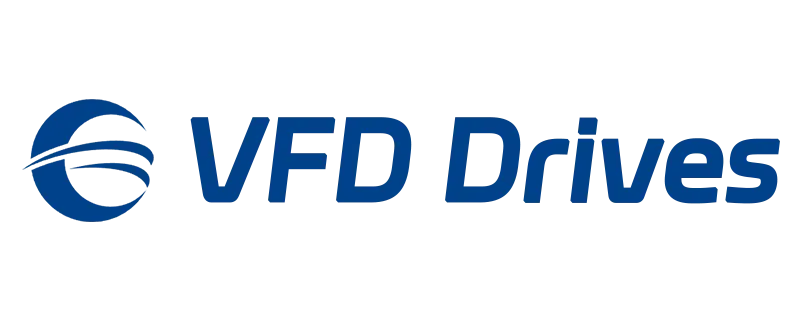Top 5 VFD PLC Control Advantages | Improve Productivity
Hello everyone, today we will focus on the combined application of PLC (programmable logic controller) and variable frequency drive(VFDs). As the “central nervous system” of industrial automation, PLC has been deeply applied in automated production lines, industrial robots, high-end equipment manufacturing and other fields. Its coordinated control with variable frequency drive has enabled enterprises to experience the following five major upgrades:
1. Precise Motor Speed and Torque Control
Solution: PLC collects operating data in real time and drives the frequency converter to dynamically adjust the output frequency.
Actual results:
- Motor speed error ≤ ±0.5%, meeting the requirements of precision machining
- After renovation, a textile factory in Zhejiang Province reduced equipment wear by 37%.
2. Energy Efficiency and Cost Savings
Control mode | Energy consumption level | Applicable scenarios |
|---|---|---|
Traditional start-stop | 100% full load | Fixed operating conditions production line |
PLC + variable frequency drive(VFDs) | On-demand adjustment | Fluctuating load scenarios |
After implementing the system, a certain injection molding company:
- Monthly electricity costs decreased from 250,000 to 170,000, with an annual savings of 960,000
- Through the energy management system, the company additionally applied for a 12% provincial smart manufacturing subsidy.
3. Seamless Automation and Process Integration
- Device layer: Connects sensors and robotic arms via industrial Ethernet
- Control layer: Centrally monitors the operating status of multiple production lines
- Management layer: Enables two-way data exchange with MES/ERP
4. Enhanced Protection and Monitoring
Real-time monitoring items | Fault prediction capability | Examples of response measures |
|---|---|---|
Winding temperature | Over-temperature warning 2 hours in advance | Automatic start of backup motor |
Vibration spectrum | Bearing wear trend analysis | Push spare parts purchase list |
- Unplanned equipment downtime reduced by 82%
- Maintenance and repair labor costs reduced by 45%
5. Remote Access and Smart Diagnostics
- Engineers access the SCADA system via VPN.
- Remotely adjust the frequency converter parameters to safe mode.
- Activate the backup power supply module to provide power.
Conclusion: Why Choose VFD PLC Control?
Application Area | Typical Equipment Controlled | Benefits of VFD PLC Control | Industry Exampl |
|---|---|---|---|
HVAC Systems | Fans, pumps, chillers | Energy savings, smooth start/stop | Commercial buildings, malls |
Conveyor & Packaging Lines | Motors, belts, sorters | Speed synchronization, reduced downtime | Food & beverage, logistics |
Wastewater Treatment Plants | Aeration blowers, pumps | Flow control, overload protection | Municipal utilities |
Elevators & Escalators | Motors, doors, drive mechanisms | Smooth acceleration, real-time diagnostics | Residential, metro systems |
CNC and Machining Tools | Spindles, servo drives | High-precision speed control, repeatability | Automotive, electronics |
Agricultural Irrigation | Pumps, valves | Time-based control, remote start/stop | Farms, greenhouses |
Mining and Quarry | Crushers, feeders, conveyors | Harsh-environment reliability, load balancing | Mining operations |
Oil & Gas | Compressors, drilling motors | Explosion-proof control, automated shutdown | Refineries, drilling rigs |
FAQ – What is the difference between VFD and PLC?
Aspect | PLC (Programmable Logic Controller) | |
|---|---|---|
Core Function | Controls motor speed and torque | Executes control logic and sequences |
Control Type | Analog motor control | Digital decision-making and automation |
Programming | Parameter setting | Logic programming (e.g. ladder logic) |
Typical Role | Drives motors based on commands | Sends control signals to devices like VFDs |
Works Alone? | Limited — needs external logic | Yes — can manage full automation flow |
